
Fact: Without milkweed, no monarchs.
Yet a milkweed species that's been thriving in California for more than a century is getting a bad rap. The California Department of Food and Agriculture (CDFA), apparently influenced by conservation groups, has categorized Asclepias curassavica, commonly known as tropical milkweed, as "a noxious weed."
That means, among other things, that county agricultural commissioners can ban the sale of tropical milkweed in nurseries. Indeed, several counties, including Marin, Contra Costa, San Mateo and Ventura, already have.
Banned for sale in nurseries? Says entomologist Jeff Smith, who curates the Lepidoptera collection at the Bohart Museum of Entomology: "There are PLENTY of other 'noxious' weeds sold in nurseries (eucalyptus?) that don't seem to raise the hackles of these counties, so it appears more political than factual, and coming up with the supposed pathogens-on-the-plants scenario looks like they searched for an excuse."
Fact: Infected monarch butterflies can deposit microscopic protozoan parasites, Ophryocystis elektroscirrha or OE, on milkweed. That's ALL species of milkweed, not just tropical. Tropical, however, does not die back in the winter in some parts of California, and that, some argue, encourages monarchs to continue to breed and impedes their migration to overwintering sites. Some blame this "continued OE exposure" to the decline of the monarch population.
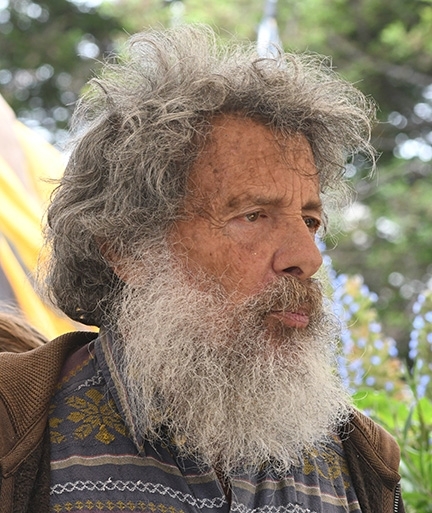
Hugh Dingle, distinguished professor emeritus of entomology, behavior and evolution at UC Davis and now a Marin County resident, is an internationally known expert on animal migration. He's researched animal migration for some 50 years. In the last 20 years or so, he has focused on monarch butterflies. He has authored two editions of Migration: The Biology of Life on the Move and some 100 papers. National Geographic featured Professor Dingle in its cover story on “Great Migrations” in November 2010. LiveScience interviewed him for its November 2010 piece on “Why Do Animals Migrate?” (See news story that includes his biographical information)
Professor Dingle responded to a recent front-page article in a Marin County paper about the ban on tropical milkweed. Banning tropical milkweed will NOT save the monarch, Dingle told the reporter in an email. In fact, he said, the ban will "essentially have zero effect on monarchs" and "no one should rush out and pull out their tropical milkweed as it would be a waste of time and effort. Nurseries should also be able to continue to sell it."
The contents of his email, which the professor shared with Bug Squad, include:
- "There is not enough tropical milkweed planted to have much influence (see the amount of A. syriaca and A. fascicularis throughout the American west not to mention various other species like A. erosa, cordifolia, californica, etc.) Yes, there are parasites on A. curassavica as there are on ALL milkweeds."
- "There are populations of monarchs that are doing just fine feeding exclusively on A. curassavica (e.g. on many Pacific Islands, such as Guam where I have studied them.
- "Migration and the diapause that accompanies it in the fall are determined by shortening photoperiod and temperature (warm temps can override short days hence the issue with climate change). There is no significant influence of food plant."
They Should Know Better! Dingle said some of the advice that CDFA received to categorize A. curassavica as a "noxious weed" came from conservation groups. "They should know better!" he declared.
Art Shapiro, UC Davis distinguished professor of evolution and ecology, has been researching the butterfly populations (including monarchs) of central California for more than 50 years. He co-authored the well-cited research article, "Understanding a Migratory Species in a Changing World: Climatic Effects and Demographic Declines in the Western Monarch Revealed by Four Decades of Intensive Monitoring," published online in March of 2016 in the journal, Population Ecology.
Professor Shapiro shared this email with Bug Squad:
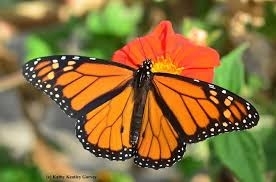
So, What Happened? "We asked Professor Dingle how tropical milkweed went from total acceptance to a bad reputation. "I don't know why tropical milkweed got such a bad reputation," he responded in an email. "A couple of possibilities: in some places tropical milkweed seems to have more of the Oe parasite than temperate species which die back in winter--ergo, butterflies pick up more parasites (Fact is not enough to have much influence on migration or breeding although in some places there can be a little. But over the whole range of monarchs . . .naaah!) Second possibility is since tropical is around longer, butterflies can feed on it longer and so might 'keep butterflies from migrating.' BUT...migration is a photoperiodic phenomenon (occurs with short days) so feeding is irrelevant. Besides during migration monarchs will feed on almost any plant with nectaring flowers!"
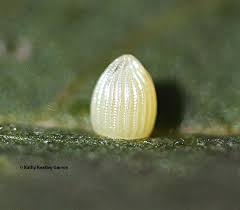
"Monarch butterflies are dependent upon milkweed as its host plant. They lay their eggs on milkweed and their caterpillars eat milkweed. In the past, monarchs in California spent the winter roosting in trees along the coast of California. They did not breed during the winter. They moved inland during summer months where they bred."
"Because of global warming, monarchs have begun to breed during the winter months in California and the existence of tropical milkweed in gardens in coastal California has made that possible...The Nature Police have succeeded in getting the sale of tropical milkweed banned in Contra Costa, Marin, San Mateo and Ventura counties. Academic entomologists have pushed back against this harmful ban in an article published by The Monterey Herald, San Jose Mercury, Marin Independent Journal, and East Bay Times.
The milliontrees.me website also points out that:
- Hugh Dingle, a retired University of California at Davis entomology professor who has studied monarch butterfly migration for more than two decades, said the bans are “basically a wasted effort” and that the focus should be on larger threats such as pesticide and herbicide use. All species of milkweed carry parasites that can affect monarch populations."
- “Arthur Shapiro, a UC Davis professor who has studied monarch butterflies for the past six decades, described the rationale behind the bans as “hogwash.” Shapiro, Dingle and other researchers said winter breeding among monarch butterflies is a relatively new behavior and one influenced by warmer winter temperatures caused by climate change.”
- “David James, an associate entomology professor at Washington State University who has studied monarch butterfly breeding and migration in the Bay Area, said there is a case to be made about the tropical milkweed as being a vital resource for the monarchs in a changing climate.”
- “Leslie McGinnis, a UC Berkeley doctoral candidate studying monarch populations and working with gardeners in the East Bay, said the bans take a 'simplistic view' of the threats that monarchs face, including the fact that many native milkweed plants supplied to nurseries can also be sprayed with pesticides. The bans, she said, can work to disenfranchise or demonize people that have tropical milkweed who instead could be partners in working to help restore monarch populations.”
Indeed, the website minces no words: "Native plant advocates are wedded to a past that is long gone. The climate has changed and it will continue to change. Monarchs and other animals are trying to adapt to the changed conditions. Their survival depends on their ability to adapt. The native plant movement has become a form of climate change denial. Their irrational hatred of introduced plants is damaging the environment with herbicides and harming wildlife. There is no evidence that tropical milkweed is harmful to monarchs."
Mona Miller, who administers the popular Facebook page, Creating Habitat For Butterflies, Moths, & Pollinators, related in a recent post: "Monarch are resilient insects, they have so many strategies to increase their population, but they do have their limits. We must stop pulling out tropical milkweed and cutting it back. Washing off all milkweed should suffice to clean off the OE spores. I emailed several scientists, no one could tell me that OE (Ophryocystis elektroscirrha is a protozoan parasite) has any way to attach to milkweed leaves other than getting caught in the hairs. Tropical milkweed has smooth leaves. Tropical milkweed has been in California since 1909, that is over 100 years. Totally eradicating tropical milkweed, just like totally eradicating all the eucalyptus trees, would have a detrimental effect on the monarch population, perhaps it already has." (Both eucalyptus and tropical milkweed are non-natives.)
Personal Experience. As an aside, our family has provided several species of milkweed in our pollinator garden in Vacaville for more than a decade. The species now include narrowleaf milkweed, A. fascicularis; butterflyweed, A. tuberosa; showy milkweed, A. speciosa; and tropical, A. curassavica. One season we counted more than 300 eggs and caterpillars on the milkweed. Almost all favored A. curassavica. Second choice: A. fascicularis. Some scientists say that perhaps tropical milkweed offers more toxins, and monarchs "know what they want and need."
We continue to plant both natives and non-natives in our thriving garden. The practice now seems so highly controversial that sometimes we feel as if we must mark ourselves "safe" from negativity. But as Professor Shapiro told Bay Nature in June 2022: "I am sick to death of being told you must use natives, especially if a butterfly has no more interest in it than a fire hydrant."
Additional Resources:
- Milliontrees.me:
The Consequences of Putting Plants into 'Native' Strait-Jackets - "Monarch Butterfly Experts Fault Marin Tropical Milkweed Ban," published in, among others:
Ukiah Daily Journal
Marin Independent Journal
Chronicles Live - Xerces Society of Invertebrate Conservation
Monarchs in Decline
Native Milkweeds - Bug Squad:
What's Happening with Our Western Monarch?
Attached Images:
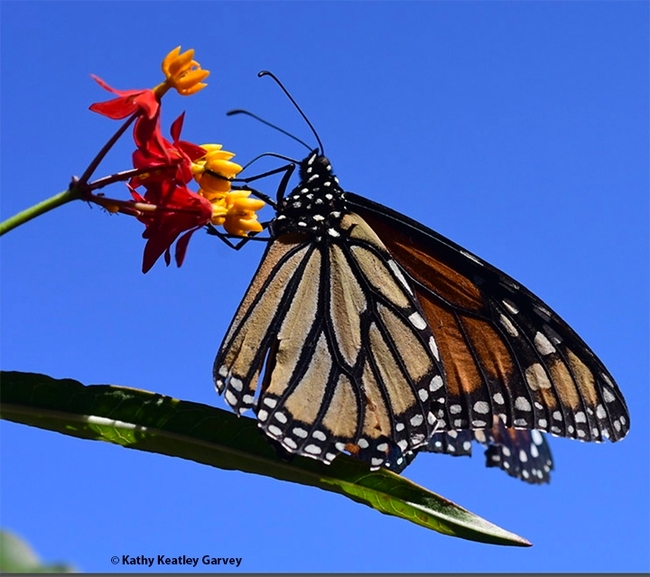
A monarch nectaring on tropical milkweed, Asclepias curassavica.(Photo by Kathy Keatley Garvey)
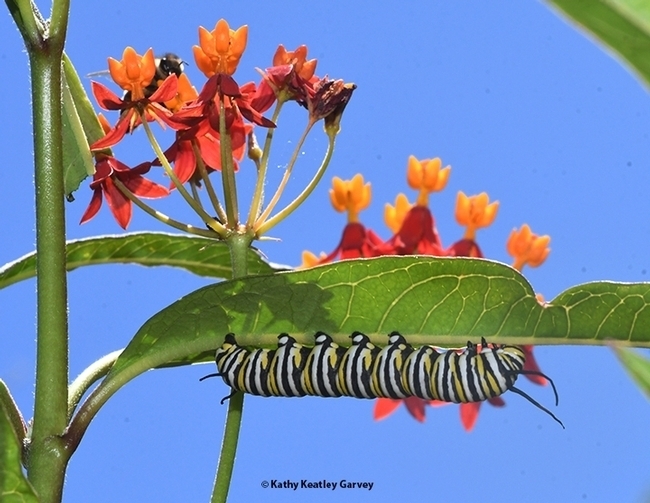
A monarch caterpillar foraging on tropical milkweed, Asclepias curassavica. (Photo by Kathy Keatley Garvey)
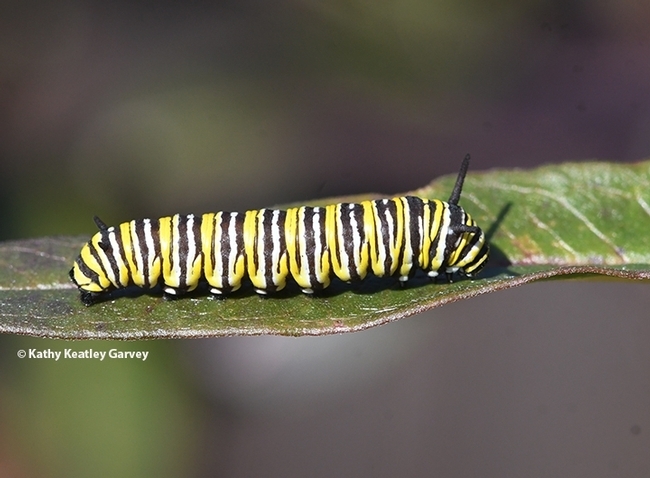
Close-up of a monarch caterpillar. (Photo by Kathy Keatley Garvey)

A monarch laying an egg on a tropical milkweed. (Photo by Kathy Keatley Garvey)